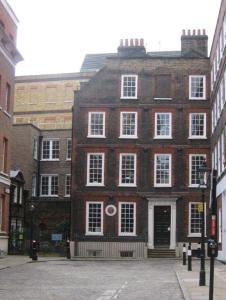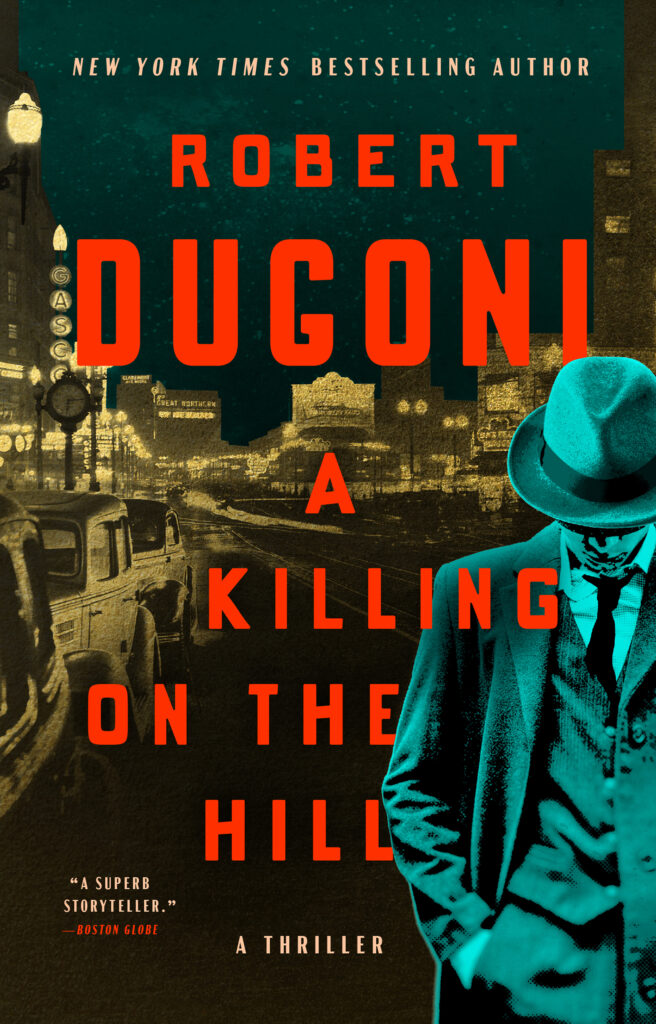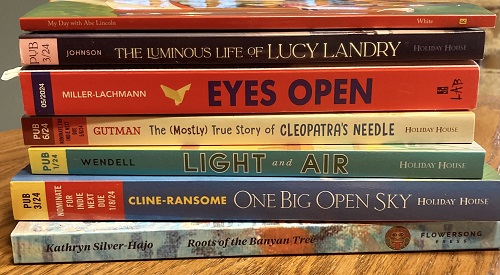Dr Johnson’s World: A Look at 18th-century London
by Myfanwy Cook
Nestled in Gough Square in the heart London is Dr Samuel Johnson’s house. Although Johnson (1709–81) only lived there from 1748 to 1759, the house represents much that makes this period a rich setting for historical novelists. Now a doll’s-house-like museum, it resembled “a counting house” in Johnson’s day, with his six “amanuenses” (copyists) working in the attic and a thick heavy chain on the door to keep bailiffs out. It was here that the lexicographer compiled his Dictionary, and the house was constantly full of visitors, such as his friends Garrick, the actor, Joshua Reynolds, first President of the Royal Academy, women writers like the poet Anna Williams, and his Jamaican manservant Francis Barber, who became Johnson’s residual heir.
Everyday London in the 18th century was a city of great deprivation, as highlighted in Hogarth’s etchings: gin palace-filled lanes side by side with a Renaissance-like world of fine architecture, composers such as George Frideric Handel, and philanthropists such as Thomas Corum, founder of London’s first Foundling Hospital. James Boswell, in his Life of Samuel Johnson, LL.D (1791), quotes Johnson as saying: “Sir, if you wish to have a just notion of the magnitude of this city, you must not be satisfied with seeing its great streets and squares, but must survey the innumerable little lanes and courts. It is not in the showy evolutions of buildings, but in the multiplicity of human habitations which are crowded together, that the wonderful immensity of London consists.”
It is this “immensity” which provided novelists such as Lillian de la Torre with the background for her series of short stories based on the imaginary detective exploits of Dr Johnson. She used “imagined episodes which recall old crimes and frauds, real personalities, places and situations for the nucleus of the plot.”1 Bruce Alexander wrote ten historical novels about Sir John Fielding (1721–80), the blind London magistrate. Deryn Lake’s Georgian John Rawlings mystery series also featured Sir John Fielding, and Janet Gleeson used Agnes Meadowes, a cook to a London silversmith, to act as a detective in The Thief Taker (Simon & Schuster, 2006). Georgette Heyer provided glimpses of the city in her romances, but often murder is on the agenda for novelists writing about this period. This has been a best-selling formula for Tessa Harris, latterly in The Lazarus Curse (Kensington, 2014), set in 1780s London, where “American anatomist Dr. Thomas Silkstone is plunged into a swirling cauldron of sorcery, slavery, and cold-blooded murder.” Bedlam by Greg Hollingshead (St. Martin’s, 2004) introduces readers to another dark corner of London life, as does Imogen Roberston’s Anatomy of Murder (Headline, 2010), set in 1781, starring reclusive anatomist Gabriel Crowther. Laura Purcell, debut author of Queen of Bedlam (Myrmidon, 2014), explains that “Eighteenth-century London was a city rife with contradiction. On the one hand, it was a place of elegance and genius. Giants walked in every field of the arts, penning the literature and designing the architecture that still endures today. And yet it is hard to imagine a bawdier, more volatile location. The staples of the city were prostitution, alcohol and gambling. Who else but the Georgians would bet on a race between geese and turkeys, or Lord Derby’s ability to seduce a lady in a hot-air balloon? Nestled between the war-torn Stuarts and prim Victorians, the Londoners of the eighteenth century lived through a time of transition and innovation.”2
As the larger-than-life Johnson explained to his friend Boswell, on one of the latter’s occasional visits to the metropolis: “Why, Sir, you find no man, at all intellectual, who is willing to leave London. No, Sir, when a man is tired of London, he is tired of life; for there is in London all that life can afford.” This perhaps explains why many historical novelists have been inspired to use it as a setting and why the house in Gough Square is well worth a visit.
About the contributor: Myfanwy Cook is HNR’s Features Editor.
Notes:
1. Obituary, 19 September 1993, The New York Times.
2. http://laurapurcell.com/
______________________________________________
Published in Historical Novels Review | Issue 70, November 2014







